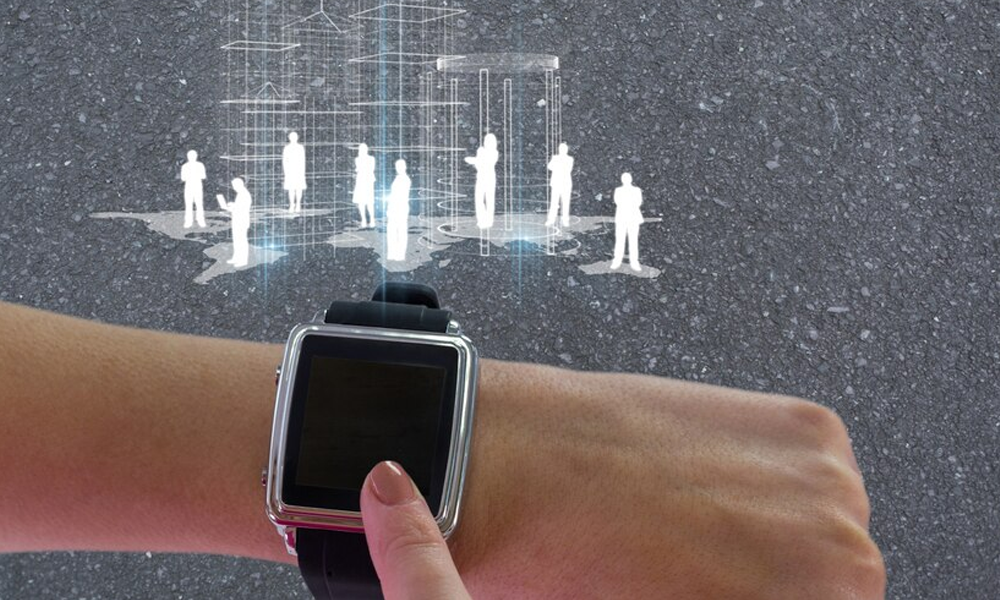Power dynamics play a critical role in shaping our relations with others, both in leadership roles and personal relationships. Power, in its various forms, can be an effective force that either enhances connections and nurtures growth or leads to imbalance and conflict. Steering these dynamics requires a subtle balance between authority and association, understanding the responsibilities that come with power, and fostering an environment of trust and mutual respect. In this blog, we will explore the difficulties of power dynamics, and how finding this balance can lead to more rewarding and effective leadership and relationships.
Understanding Power Dynamics: The Essence of Authority
Power dynamics are an inherent part of human social structures, ranging from hierarchical systems in organizations to the roles we assume in our families and friendships. At its crux, power represents the ability to influence others' actions, decisions, and emotions. While some individuals naturally have inherent authority due to their roles or skill, others may seek to obtain power through influence and charisma. Leadership roles, in particular, involve a noteworthy level of authority. Leaders are tasked with guiding and directing their teams or organizations toward common goals. In relationships, power dynamics can advance based on emotional factors, personal histories, or societal norms.
The Drawbacks of Imbalanced Power Dynamics
Imbalanced power dynamics can have damaging effects on both leadership and relationships. When authority is used without consideration for association and respect, it can lead to negative consequences such as:
- Distrust and Resentment: Individuals exposed to domineering power dynamics may feel undervalued and disempowered. This can breed a sense of disbelief and anger, eroding the basis of any relationship or team.
- Lack of Creativity and Innovation: In settings dominated by rigid power structures, individuals may hesitate to share their opinions or innovative ideas, leading to lost opportunities for growth and development.
- Communication Breakdown: Unfair power dynamics can hinder open and honest communication. Individuals may fear voicing their thoughts or concerns, leading to misunderstandings and conflicts.
- Limited Collaboration: True collaboration thrives in a setting where power is shared and decision-making is comprehensive. In contrast, an unfair power dynamic may stifle teamwork and bind partnerships among team members or within relationships.
Finding the Balance: Embracing Collaborative Leadership
Leadership that embraces collaboration involves acknowledging the strengths and skills of team members and authorizing them to contribute meaningfully. Instead of relying only on authority, collaborative leaders foster an environment of trust and shared decision-making. Here are some key principles of collaborative leadership:
- Active Listening: Effective leaders vigorously listen to the ideas and apprehensions of their team members. They value diverse viewpoints and make an effort to understand each individual's unique efforts.
- Empowering Others: Collaborative leaders authorize their team members by delegating responsibilities and trusting them with decision-making power. This not only cheers growth and development but also builds a sense of ownership and accountability.
- Encouraging Feedback: Leaders who embrace collaboration cheer open to feedback and constructive criticism from their team members. This nurtures an environment where constant improvement is valued.
- Inclusivity and Diversity: Collaborative leaders recognize the value of inclusivity and diversity within their teams. They actively seek out diverse perspectives and create an inclusive space where all members feel respected and valued.
- Conflict Resolution: In collaborative environments, conflicts are seen as opportunities for progress and understanding. Leaders enable constructive conflict resolution, ensuring that everyone's needs and concerns are catered.
Balancing Power in Relationships: Mutual Respect and Equality
In personal relationships, the equilibrium of power can significantly influence the dynamics between individuals. Attaining a healthy power balance involves:
- Mutual Respect: Both parties must respect and value each other's opinions, choices, and limits. No one should feel superior or inferior in a relationship.
- Equality in Decision-Making: Collective decision-making empowers both individuals to have a say in matters that disturb them. It strengthens the sense of partnership and nurtures mutual understanding.
- Emotional Support: Healthy power dynamics embrace emotional support and empathy for each other's feelings and understandings. This support creates a safe space for open communication and vulnerability.
- Personal Autonomy: Individuals in a balanced relationship should maintain their sovereignty and sense of self. A relationship should enhance personal growth rather than confine it.
- Addressing Power Imbalances: If power inequities arise, it's essential to address them openly and honestly. Both parties must be willing to communicate and make necessary adjustments to reestablish balance.
Steering power dynamics in leadership and relationships needs a conscious effort to strike an equilibrium between authority and collaboration. Collaborative leadership empowers team members, boosts innovation, and nurtures a positive work atmosphere. In personal relationships, mutual respect, equality, and open communication lay the basis for healthy and rewarding connections.
Acknowledging and addressing unfair power dynamics is essential for nurturing faith, fostering growth, and refining an atmosphere of respect and understanding. When individuals and leaders embrace collaboration, they create an environment where everyone's unique strengths are appreciated, and true potential is unlocked. In striking this subtle balance, we overlay the way for a more harmonious and rewarding journey in both leadership and relationships.


